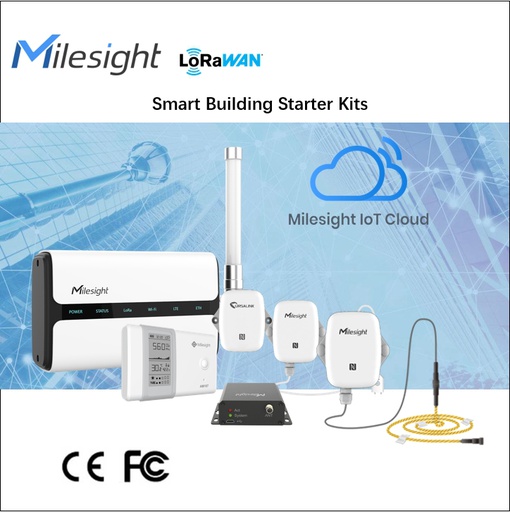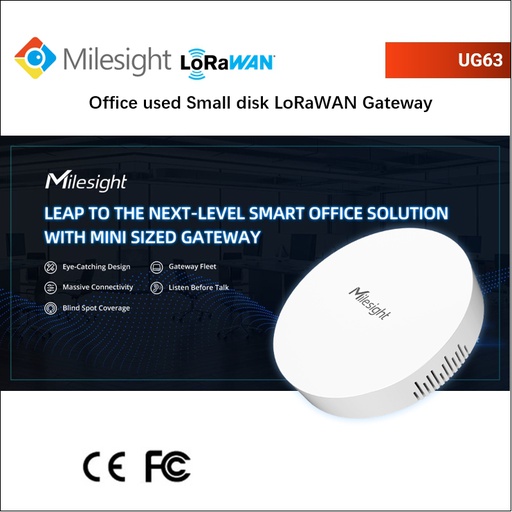Sustainable solid waste management has become a huge concern for municipalities worldwide as cities face a population increase that is quite unprecedented. A recent world bank report shows that about 2.01 billion tonnes of solid waste are produced annually, with 33% disposed of in an environmentally degrading manner.
According to the same world bank report, the figures are expected to rise by a further billion tonnes of produced garbage over the next four decades.
Municipalities and private garbage management companies have tried to address this issue by improving their internal operational processes to increase Return on Investments.
But this strategy has failed because the dumping trucks must pass by each trash bin physically to check the trash level. This manual system results in time and cost inefficiencies when trucks pass to check dumpsters that do not need empty
IoT Waste Collection to the Rescue
Climate change due to global warming has prompted calls for governments to reduce their carbon emission footprint in line with United Nations Sustainable Development Goals 2030. A clarion call has been issued for better climate change handling.
This has forced both municipalities and the private sector to turn to smart waste management technology to improve recycling and collecting waste.
Components of a smart waste management solution kit include:
- An IoT platform
- A gateway
- Sensors (endpoints)
- Mobile and web applications
How IoT-Enabled Waste Management Solutions Work
Modern dumpsters are outfitted with sensors to detect their fill level, and application gateways link the IoT platforms. They also feature sensors that send data from the dumpsters to servers in the cloud. The IoT platforms process the raw data into actionable information. These sensors can be GPS, motion, light, or vibration sensors that monitor physical changes, temperature, and location changes.
These interconnected dumpsters send real-time information to garbage collectors who receive the information on their mobile or web platforms. The waste management companies can also use this information to optimize routes for trucks in areas where urgent priority is needed.
The Benefits of Smart Bin Technology in Waste Management
Decrease in operational costs: The real-time information received from smart dumpsters aids in route optimization of trucks which saves workforce resources and fuel.
No unattended garbage bins: The sensors detect the fill level of garbage bins and notify authorities via cellular signals when bins are near full. A scheduled pickup is then arranged for immediately.
Waste generation data analysis: Smart waste management solutions come with a data analytics platform that informs authorities on waste generation patterns and future patterns.
Less carbon footprint: IoT enables route optimization, which has led to reduced fuel consumption and lower carbon footprints.
Efficient recycling: IoT technology sets the pace for companies to use digital signature sanitation systems to recycle waste for finite and precious resources.
IoT Success Stories in Waste Management
Ecube LABS – CleanFLEX fil-level sensor
The CleanFlex waste management solution has enabled waste collection companies to increase their operational efficiency by up to 50% more. Their solar-powered eco-friendly garbage compressors hold garbage eight times more than standard trash bins.
They install fill-level sensors to detect the levels they can securely fill bins and send real-time information to cloud-based data analytics and monitoring platforms. Increased storage handling capability reduces picking frequency and minimizes carbon footprint.
Bin-e – Automating IoT management system
Bin – e is a waste management system developed by a Polish company that helps in waste categorization. It features fill control levels, data processing, and AI object recognition to make waste categorization more efficient.
These IoT-enabled bins can sort and identity waste by category: metal, plastic, paper, and glass. It can even notify collectors of the fill level of each category separately.
Evreka – Waste management system
Turkish-based Evreka installs industrial-grade sensors on garbage bins that are shock, heat, and water-resistant. These sensors collect environmental data, like fill level and temperature, and send this data for processing to servers in the cloud. This information is then used to plan frequency visits and to optimize vehicle routes.
In conclusion, municipal and waste management companies can leverage IoT-enabled waste management solutions to cut costs, increase customer service, and increase operating efficiencies. IoT technology is indeed becoming ubiquitous and is helping waste management become cheaper and more efficient.






